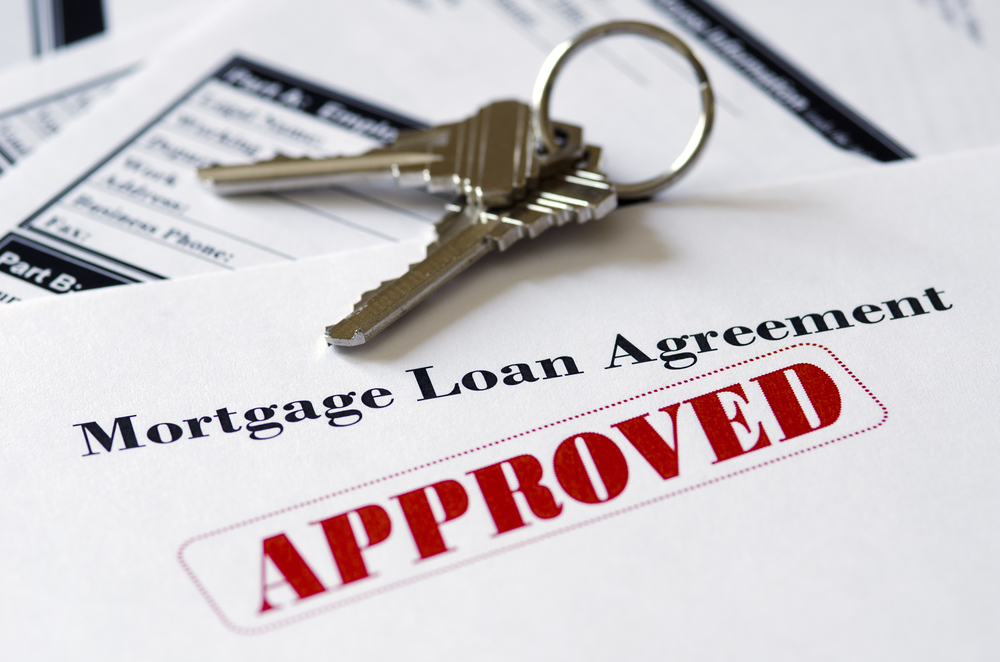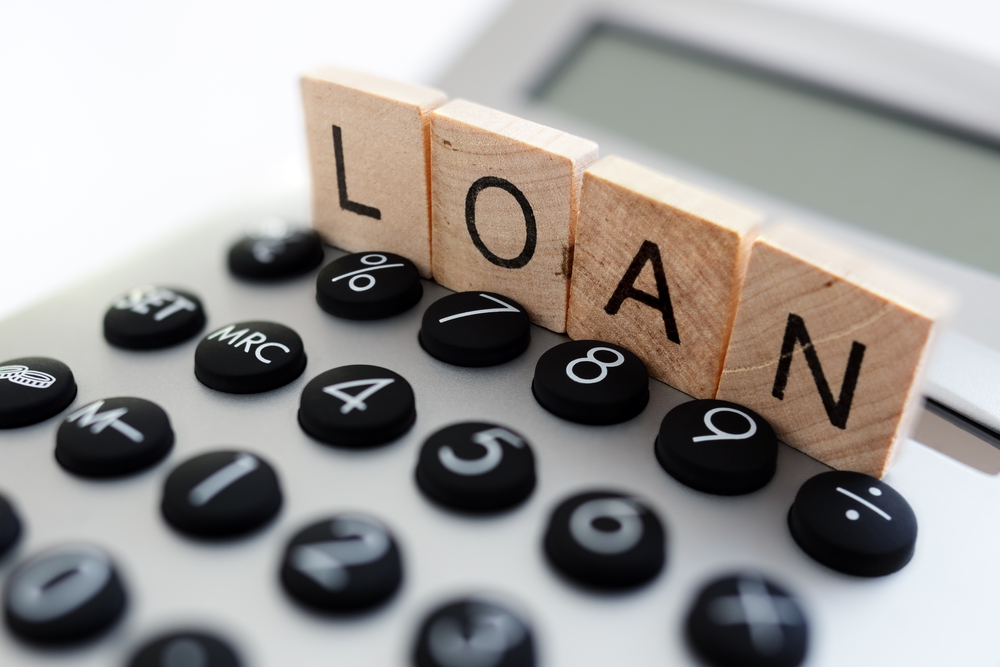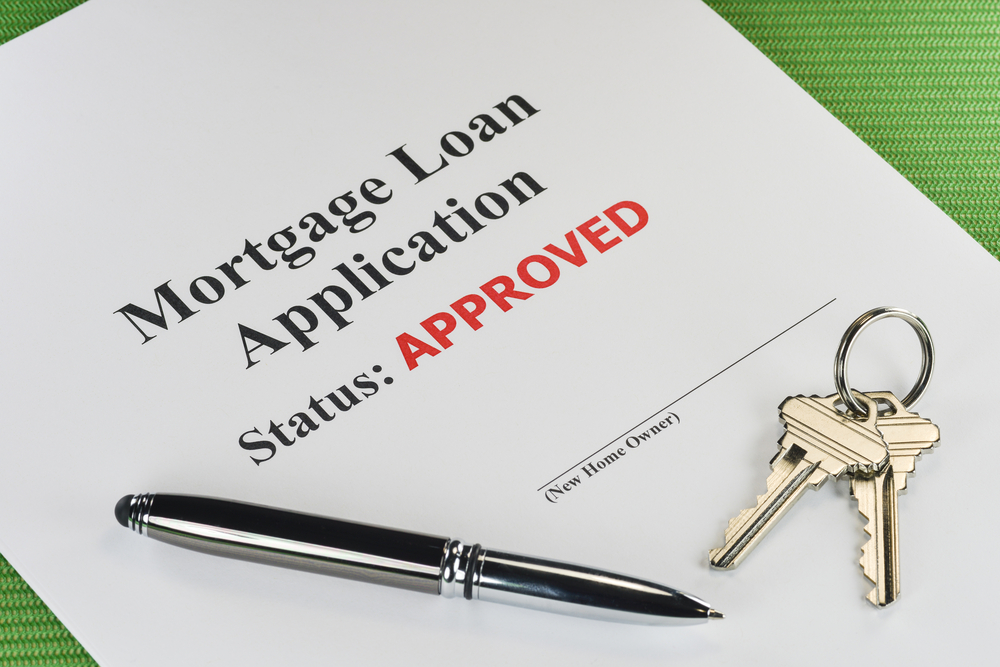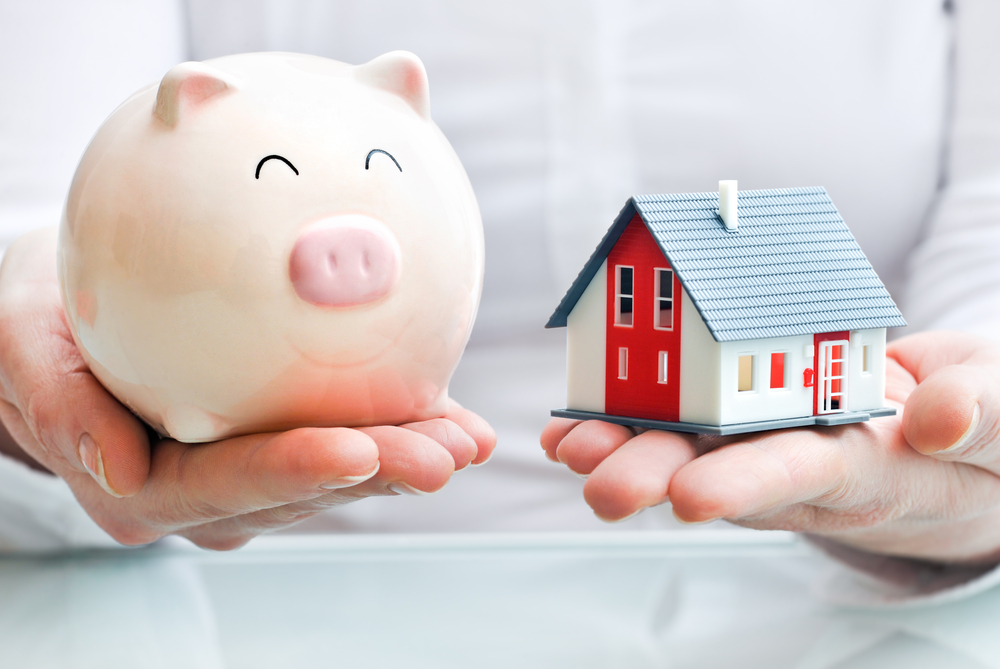These days, it’s common to get a mortgage with a low down payment or even no down payment at all. It lets you purchase a home faster than if you had to save up a $10,000 to $25,000 down payment to make up 20%. But, there’s a downside to such small down payments – private mortgage insurance.
How Much is PMI?
Lenders require private mortgage insurance when you have less than 20% equity in your home. The insurance would pay off your mortgage if you default. Private mortgage insurance, or PMI, is typically a certain percentage of your mortgage loan amount, between 0.5% and 1%. On a $150,000 mortgage, your PMI payments would be between $750 and $1,500 each year or between $62.50 and $125 per month. PMI is paid with your mortgage.
Tax Benefit of PMI
You may be able to deduct PMI payments as mortgage interest if you meet the income requirements. To claim the deduction, the IRS requires you to make less than $55,000 if you’re single or $110,000 as a married couple. You’ll also need to itemize your deductions. However, if your itemized deductions are less than the standard deduction, you don’t get any tax benefit from paying PMI.
Cancelling PMI
You’ll continue paying PMI for your mortgage loan until you reach 20% equity in your home. For some lenders, the threshold is 22% equity. But, your PMI probably won’t be automatically cancelled at that time. Instead, you’ll have to send a letter to your lender requesting that your PMI be cancelled. Mortgage lenders often require an appraisal to confirm the home’s value before they’ll cancel PMI.
Your lender may deny your PMI cancellation request under certain circumstances. If your home value has declined, your equity may still be less than 20% and your PMI payments will have to continue. Not only that, late payments within the past two years can keep you from cancelling your PMI. So be sure to make all your mortgage payments on time. Finally, the lender will make sure you don’t have a second mortgage or home equity loan on the home before cancelling PMI.
Don’t expect to stop paying PMI within the first few years of your mortgage loan. Because of the way mortgage payments are set up, most of your payments within the first few years of the loan go toward interest. It’s only after about 10 to 15 years that your principle begins to significantly reduce.
If you notice home prices increasing around you, your home value may have increased also, allowing you to reach 80% equity sooner. Don’t get excited too quickly. Lenders can, but aren’t required to consider current property values when they cancel PMI.
Can You Avoid PMI?
There are generally two ways to avoid paying PMI on a new mortgage loan. First, you can make a 20% down payment. If that’s not possible, you can take out multiple loans – one to cover 80% of the home price and another for the remaining 20% of the home price. If you have some down payment, the second loan can be for 10% of 15%, depending on the size of your down payment. If you go this route, you’ll have to make two loan payments, but you’ll avoid PMI, an insurance that only benefits the lender.







